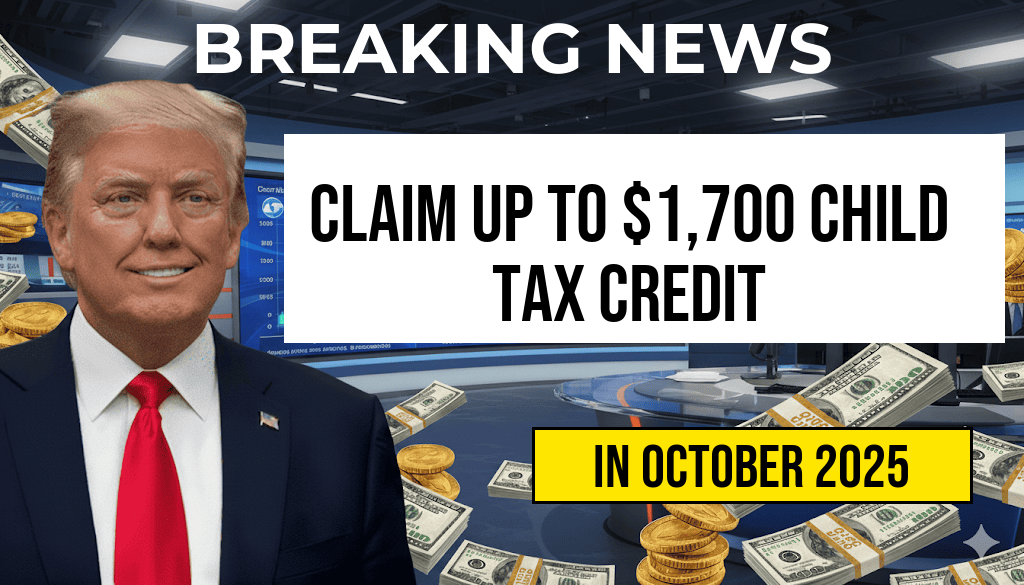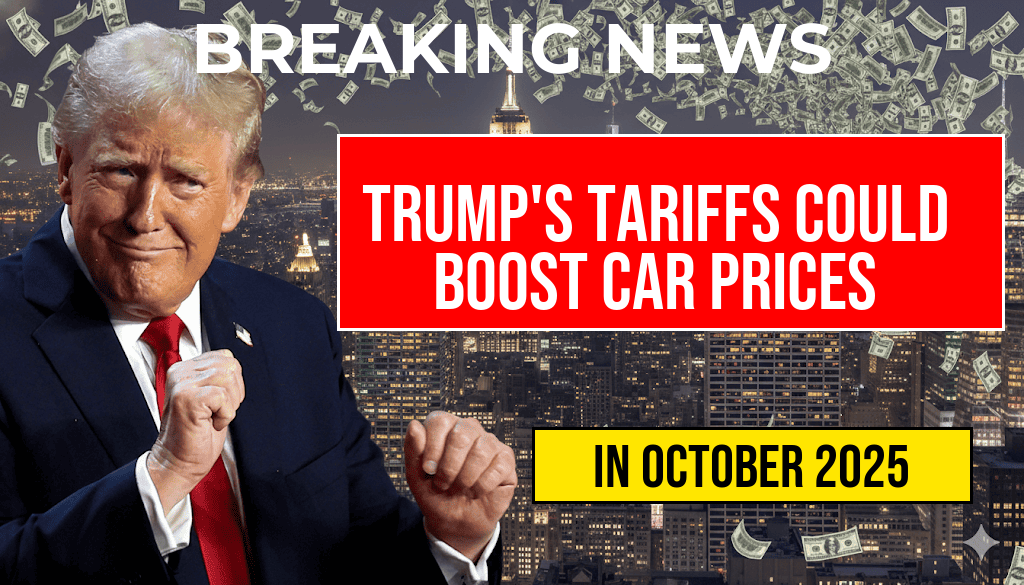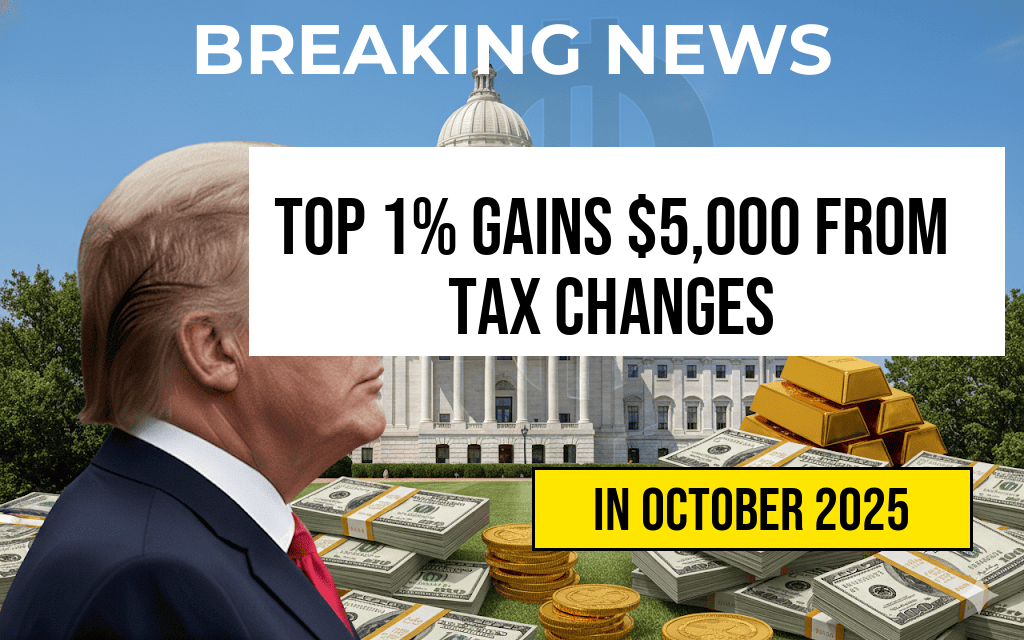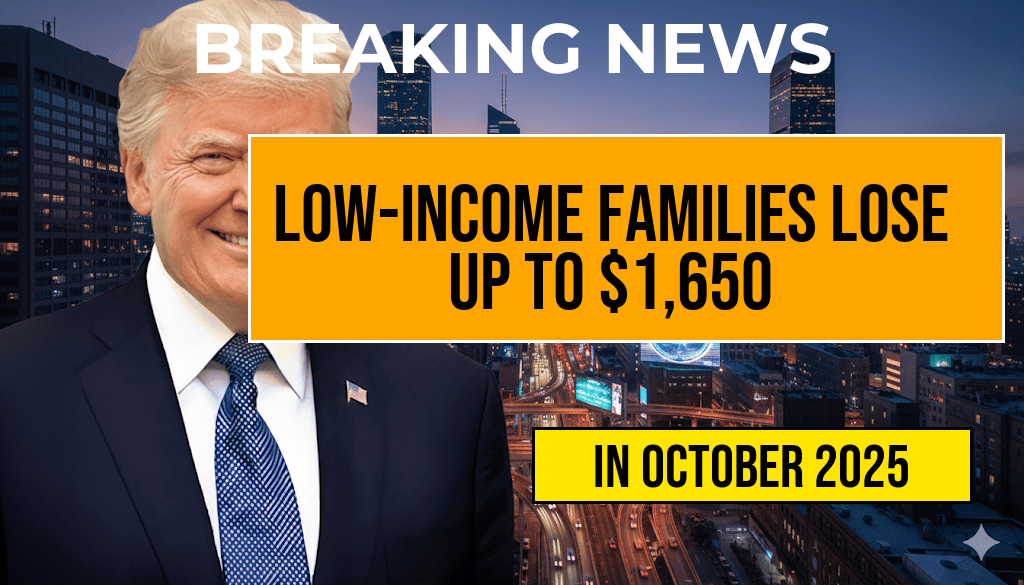Automakers and consumers are closely monitoring recent developments surrounding a potential trade escalation that could significantly impact vehicle prices. Former President Donald Trump has issued a tariff threat targeting imported vehicles, which could lead to increases of up to $5,286 per vehicle. This move, if enacted, would escalate tensions in the ongoing trade disputes and potentially reshape the landscape of the American automotive market. The threat comes amid broader discussions over tariffs on imports from various countries, with industry experts warning that such measures could inflate prices, disrupt supply chains, and hinder new vehicle sales across the United States. While the specifics of the tariff implementation remain uncertain, the threat alone has already caused volatility in automotive stocks and raised questions about the future affordability of both new and used cars.
Background on Tariffs and Automotive Imports
Tariffs are taxes imposed on foreign goods entering a country, often used as a tool to protect domestic industries or leverage negotiation power in trade talks. Historically, tariffs on automobiles have fluctuated based on geopolitical considerations, economic policies, and trade agreements. The United States has been engaged in ongoing trade negotiations with several key partners, including China, the European Union, and Mexico, all of which are significant sources of vehicle imports. According to data from Wikipedia, imported vehicles account for roughly 40% of new car sales in the U.S., with Asian automakers holding notable market shares.
Details of Trump’s Tariff Threat and Potential Impact
Scope and Rationale
The tariff threat, articulated during recent political speeches and interviews, targets imported vehicles and auto parts. Trump cited concerns over national security, unfair trade practices, and the desire to bolster domestic manufacturing. While specific rates have not been officially announced, industry analysts estimate that a 25% tariff on imported cars could raise the average vehicle price by approximately $5,286, based on current import values and vehicle prices.
Economic Projections and Industry Response
| Tariff Rate | Average Price Increase | Total Impact on a Typical $25,000 Vehicle |
|---|---|---|
| 10% | $2,500 | $2,500 |
| 25% | $5,286 | $5,286 |
| 50% | $10,571 | $10,571 |
Automakers warn that such tariffs could lead to a substantial increase in vehicle costs, making new cars less affordable for American consumers. The Forbes report estimates that a 25% tariff could raise the average price of a new vehicle by more than $5,000, depending on the model and import source. This increase might push some buyers toward used cars or delay purchasing altogether.
Industry and Consumer Reactions
Automaker Strategies
Major automakers have expressed concern over the potential tariffs, emphasizing their commitment to maintaining competitive pricing and supply chain stability. Some companies have indicated they may seek to shift production to domestic facilities or explore alternative markets to mitigate tariff impacts. For example, Toyota, Honda, and Hyundai have all pointed out that increased costs could lead to higher vehicle prices and reduced sales margins.
Consumer Outlook
For consumers, a rise of up to $5,286 per vehicle could make new cars prohibitively expensive for many. Industries dependent on affordable transportation, such as ridesharing and delivery services, might also face increased operational costs. While some buyers might turn to the used car market, experts warn that rising new vehicle prices could eventually inflate used car prices as well, creating a ripple effect across the automotive sector.
Broader Market Implications and Future Outlook
The threat of tariffs adds another layer of uncertainty to an already volatile automotive market. Investors are watching automotive stocks closely, with some reacting negatively to the possibility of increased costs and disrupted supply chains. Market analysts suggest that unless negotiations lead to a resolution, the potential for higher prices could slow down car sales, affecting manufacturers’ revenues and employment levels.
Trade experts note that tariff policies often carry unpredictable consequences, and the actual implementation depends on ongoing negotiations and political considerations. Consumers and industry stakeholders alike are advised to stay informed about official announcements and to consider how potential policy shifts could influence vehicle affordability and availability in the near term.
For more insights on how tariffs influence global trade and the automotive industry, visit Trade Policy – Wikipedia.
Frequently Asked Questions
What is the main concern regarding Trump’s tariff threat on new cars?
The primary concern is that tariffs could lead to an increase in vehicle prices by up to $5,286, making new cars more expensive for consumers.
How might tariffs impact car prices in the US?
If tariffs are implemented or increased, the additional costs are likely to be passed on to buyers, resulting in higher vehicle prices across the market.
Which types of vehicles could be most affected by the tariff threat?
Both domestic and imported vehicles could see price hikes, but imported cars and parts are particularly vulnerable to tariff impacts.
What is the estimated price increase associated with the tariff threat?
The article estimates that vehicle prices could rise by up to $5,286 depending on the specific tariffs and vehicle models involved.
How might consumers respond to these potential price increases?
Consumers might delay purchases, consider used vehicles, or look for alternative brands to avoid higher costs resulting from the tariffs.










